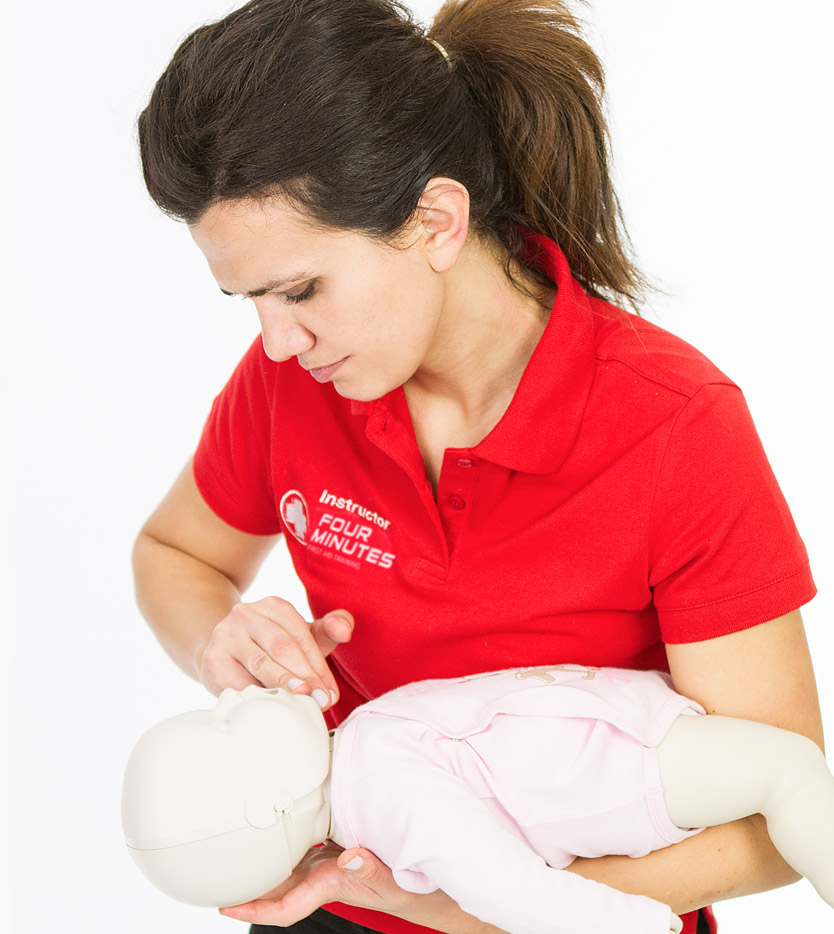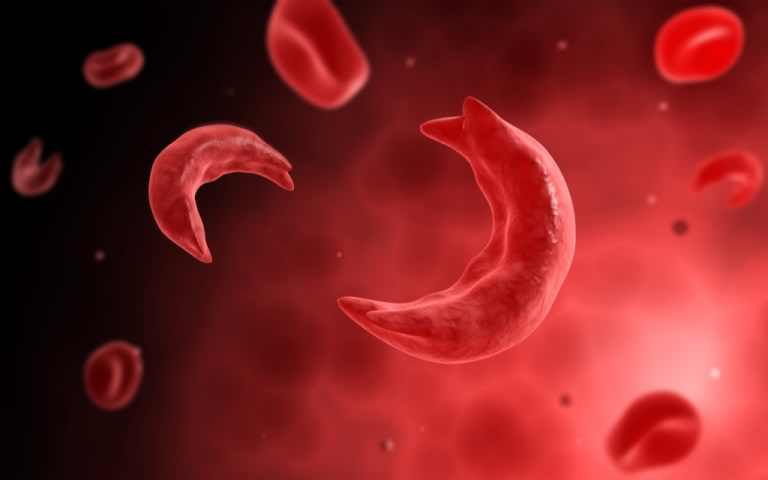The sight of your child having a fit or seizure can be very frightening, but…

Statistics show that choking is the leading cause of death in infants under the age of 1. If the worst should happen, do you know what to do? Can you risk not learning how to deal with this emergency?
Babies are fascinated by everything around them and anything and everything goes straight to their mouth. Sweets, plastic toys, and balloons are common items found around most homes and if swallowed could be life threatening for an infant.
Seeing an infant starting to choke is a terrifying experience but if you keep calm and follow these simple steps you may prevent a serious emergency.
What is Choking?
Choking in infants occurs when an object is swallowed and lodges in the windpipe. The transport of oxygen to the brain is blocked and without oxygen for as little as four minutes brain damage and death can occur.
Mild obstruction of the airway means that the infant can cough but has difficulty crying or making other noises.
Severe obstruction means the infant is unable to make any noise or breath and will soon become unconscious. In this case you need to act quickly to help the child and also call for an ambulance.
Note that this guide is not a substitute for proper first aid training with reference to infants and children. The following steps are relevant for babies up to the age of 12 months and the information provided is based on the latest European Resuscitation guidelines published in 2015.
1 Recognise the Signs
If the infant is suddenly unable to cry or cough, there may be something blocking their airway. They might make odd noises or no sound at all while opening their mouth and their skin may turn bright red or blue. If the infant is coughing or gagging, their airway is only partially blocked. If this is the case then let the infant continue to cough. Coughing is the most effective way to dislodge a blockage.
2 Call for Help
If the infant can’t clear their airway on their own by coughing call out for help. Then carefully position the infant face down on your forearm with your hand supporting their head and neck. Place the thumb of one hand at the angle of the lower jaw, and one or two fingers from the same hand at the same point on the other side of the jaw. Rest the arm holding your baby on your thigh.
3 Use Back Blows
Support the infant so that their head is lower than the rest of their body. Then, using the heel of your hand, give 5 separate firm back blows between their shoulder blades. The aim is to relieve the obstruction with each blow rather than to give all 5 back blows.
If the object is not dislodged after 5 back blows, place your free hand on the back of the infants head and keeping the spine straight, carefully turn the infant over. Support the infant face up and while still keeping the head lower than the rest of the body, look inside the infant’s mouth to see if the object has dislodged. If it has, try to gently remove it.
4 Use Chest Thrusts
If nothing has dislodged you need to give 5 chest thrusts. Place two fingers just below the nipples in the center of the chest. Push inwards and upwards towards the head and allow the chest to come back to its normal position. Avoid pushing on the ribcage.
Continue chest thrusts a total of 5 times or until the object is dislodged.
Repeat the process of 5 back blows and 5 chest thrusts 3 times or until the object is forced out or the infant starts to cough. If coughing, let them try to cough up the object.
5 Call for an Ambulance
If the obstruction has still not cleared or the infant becomes unresponsive ask someone to call the Emergency Medical Services on 999. If you are abroad you can usually call 112. If no one is available to call for you, take the infant with you to make the call yourself. Explain clearly to EMS that the infant has an airway obstruction and that you need immediate assistance. Try to stay calm whilst giving all of the details to EMS and do not hang up the phone until they confirm they have everything they need.
Continue until help arrives or the infant loses consciousness. If this happens you need to perform a breathing check and if not breathing, begin CPR. You can learn more about CPR and other valuable life-saving skills by signing up for a children and infant first aid course with Four Minutes first aid training.
Any infant that has been given chest thrusts should be checked by medical professionals, even if the obstruction has been cleared.
If you are a Child Carer, Teacher or Nanny and have questions, please ask about our professional 12 hour care for children course.


